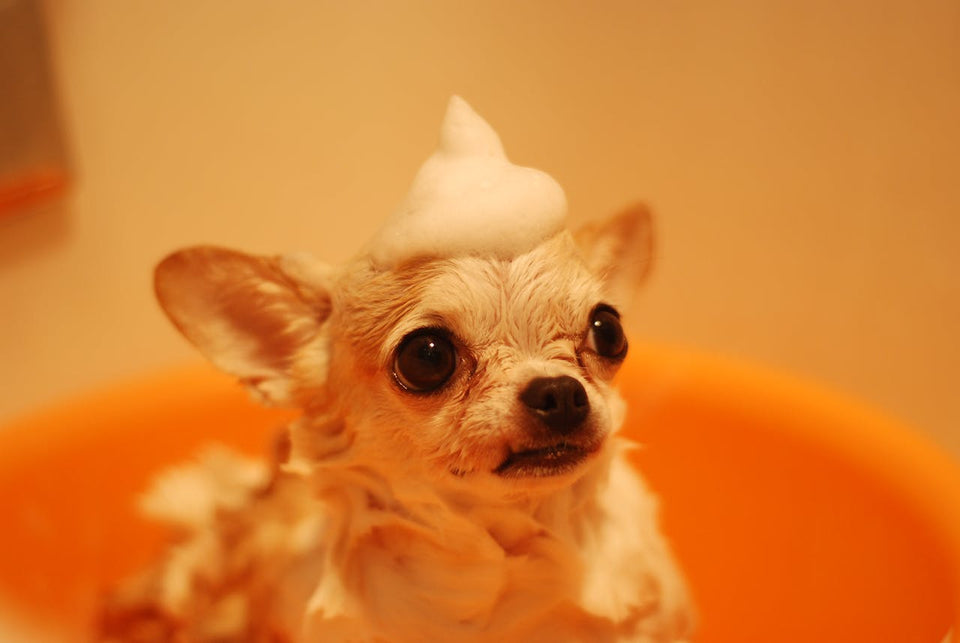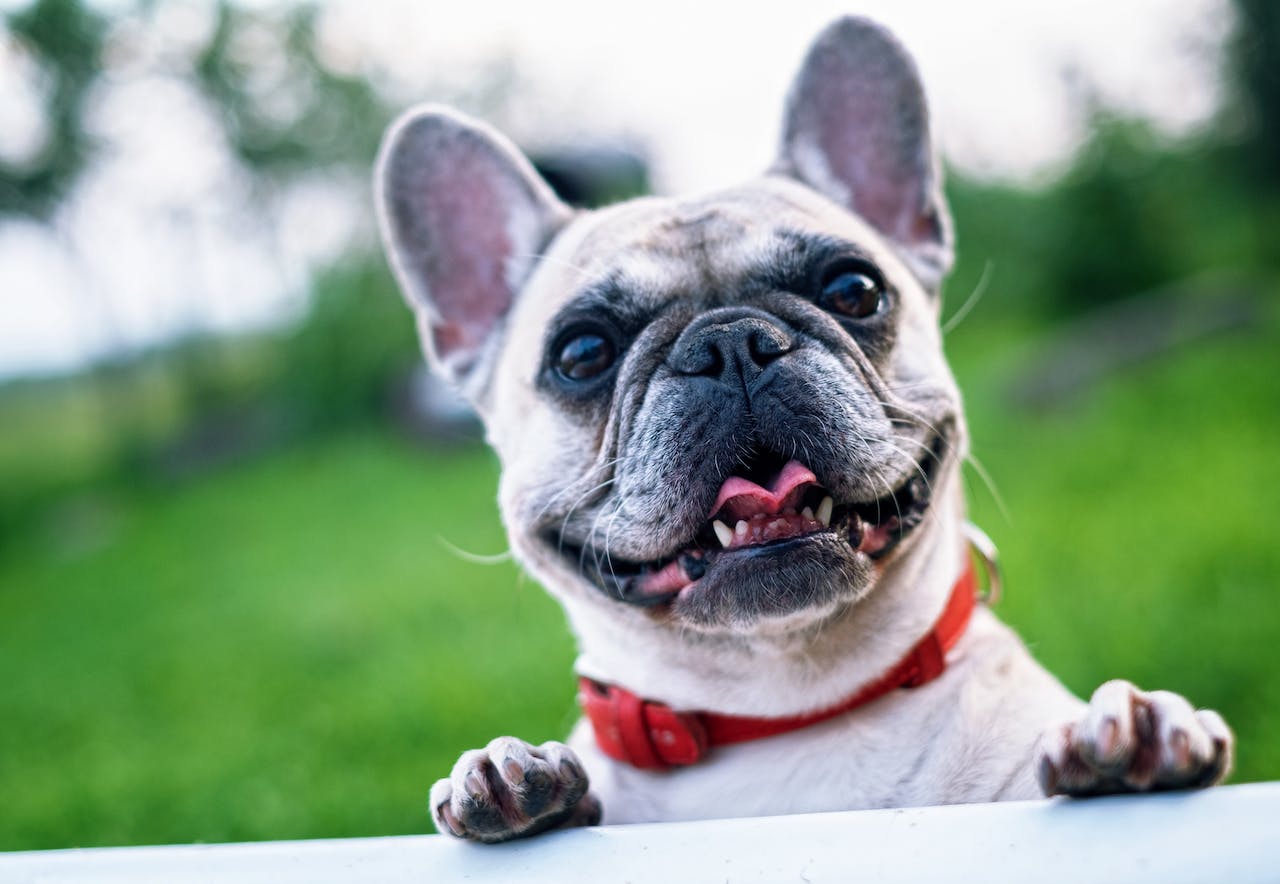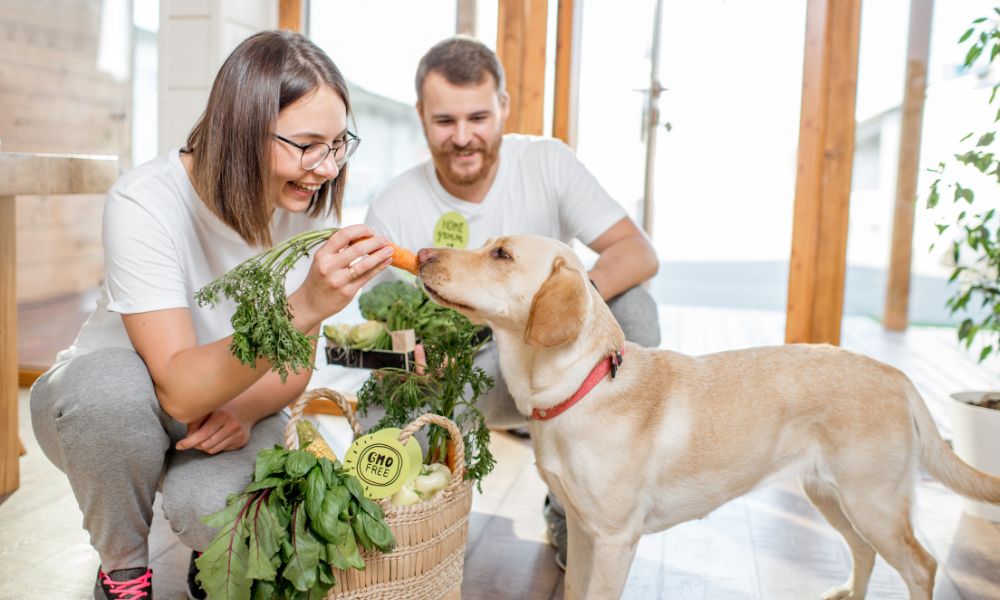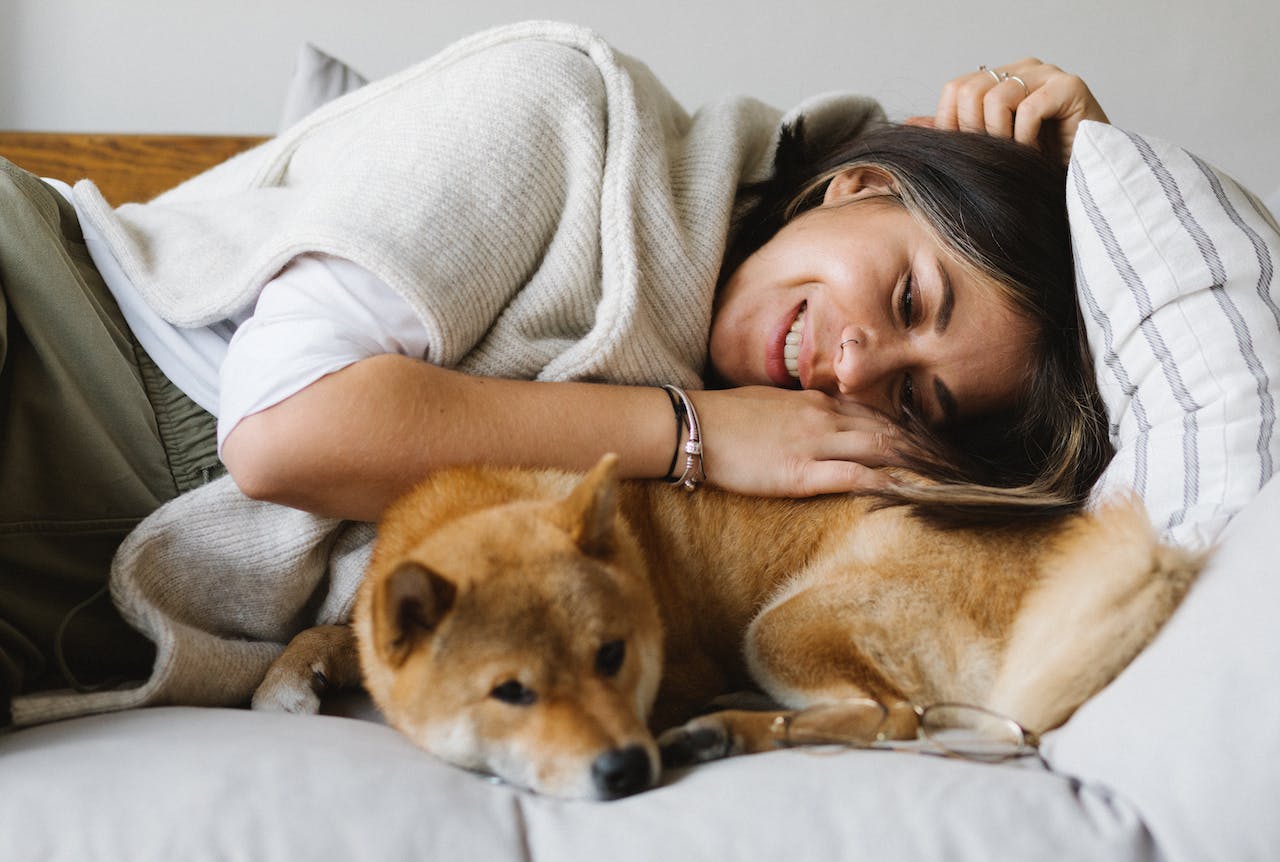
How Often Should You Bathe Your Dog?

You're on a mission to figure out the best bathing routine for your furry companion, aren't you? Every dog is unique, and so are their bathing needs. It's not just about keeping them clean; it's about understanding their skin type, coat, and lifestyle. Are they a playful pup who loves rolling in the mud or a laid-back lounger? Do they have a luxurious long coat or a sleek short one? This article dives into these nuances, offering insights into how often you should bathe your dog for optimal health and happiness. So, keep reading to unlock the secrets of the perfect doggy bath time!
The Role of Dog's Lifestyle in Bathing Frequency
The lifestyle of your dog plays a crucial role in determining how often they need a bath. Indoor dogs might not need frequent baths compared to outdoor dogs who are more prone to getting dirty and accumulating odors.
Effect of Exercise and Play Habits on Dirt Accumulation
Active dogs who enjoy swimming, hiking, or playing in muddy areas may require more frequent baths. It's important to clean off irritants like salt or pool water from their skin and fur, even if it's just a quick rinse.
Seasonal Considerations for Bathing
Seasonal changes can affect your dog's bathing schedule. For example, dogs might need more frequent baths during warmer seasons when they are more active outdoors, compared to colder seasons when they might stay indoors more often.
Managing Odors and Dirt in Active Dogs
For dogs that are particularly active and prone to getting dirty, it's essential to manage odors and dirt effectively. This might mean more frequent baths or using specific products designed for odor control.
Paw.com pet wipes can be a convenient solution for quick clean-ups, especially for dogs that are active or spend a lot of time outdoors. These wipes can help remove dirt and odors on the go, reducing the need for full baths every time your dog gets a little dirty.
Choosing the Right Bathing Products
Using high-quality shampoos and conditioners is essential for maintaining your dog's coat health. These products are specially formulated to cater to the needs of different coat types and to avoid stripping the natural oils from your dog's skin.
Understanding Ingredients: What to Look for and What to Avoid
It's important to understand the ingredients in dog grooming products. Look for products that are free from harsh chemicals and are formulated for specific coat types or skin conditions. Always read the labels and follow the instructions for the best care of your dog's coat.
Paw.com offers quality shampoos and conditioners that are likely formulated for different dog coat types and needs. These products can provide the necessary care and maintenance for your dog's coat, ensuring it stays healthy and clean. These products can ensure that your dog's coat is not only clean but also healthy, supporting their overall well-being.
Customizing Products to Your Dog's Needs
Customizing grooming products to your dog's specific needs is crucial for optimal care. For instance, dogs with sensitive skin might benefit from hypoallergenic or oatmeal-based shampoos. Similarly, dogs with dull coats might need products with brightening agents. Tailoring these products to your dog's unique needs can significantly improve their skin and coat health.
You may also like: Why Natural Dog Shampoo is a Must for Your Pup
Tips for a Sustainable and Eco-friendly Bathing Routine
Creating a sustainable and eco-friendly bathing routine for your dog is essential. Opt for biodegradable shampoos and conditioners, use water efficiently, and consider using reusable towels for drying. These practices not only benefit your dog but also contribute to environmental conservation.
Step-by-Step Guide to Bathing Your Dog

Gathering the right supplies is the first step in bathing your dog. Select a suitable shampoo specifically formulated for dogs. Choose a comfortable location, preferably where your dog feels at ease. Ensure you have towels, a non-slip mat, and a brush. A detachable shower head or a large cup can be helpful for rinsing. Remember, the right tools set the stage for a successful bath.
Creating a calming atmosphere is equally significant. Dogs often sense and respond to your emotions. Approach the bath with a calm and positive attitude. Softly speaking and gently petting your dog can help alleviate their anxiety.
Proper Techniques for Wetting, Shampooing, and Rinsing
Gentle wetting of your dog’s coat is crucial. Use lukewarm water, and start from the back, gradually moving to other areas. Avoid direct water on the face or ears. This method prevents discomfort and eases your dog into the bathing process.
Effective shampooing involves applying dog shampoo in small amounts. Massage it gently throughout the coat, creating a lather. Be attentive to avoid sensitive areas like the eyes and ears.
Thorough rinsing is necessary to remove all soap residues. Leftover shampoo can irritate the skin. Ensure that the water runs clear before concluding this step.
How to Make Bath Time Enjoyable for Your Dog
Incorporating play and treats can turn bath time into a fun experience. Utilize toys or treats to create positive associations. This approach can significantly reduce stress and make future baths easier.
Praise and reassurance throughout the process reinforce good behavior. Continuous comforting words and gentle strokes can help your dog relax.
Drying Your Dog Post-Bath: Best Practices
Towel drying is an effective method to remove excess water. Patting, rather than rubbing, helps to prevent tangling or matting of the fur. A high-quality, absorbent towel can make this process quicker and more comfortable.
Using a hairdryer should be done with caution. If choosing this method, use a low heat setting and constantly move the dryer to avoid overheating any area. Always observe your dog’s reaction to ensure they are comfortable.
Importance of Regular Grooming Alongside Bathing

Regular grooming maintains your dog’s coat health. Brushing frequently keeps the fur free of tangles and reduces shedding. It also helps to distribute natural oils, promoting a shiny and healthy coat.
Nail trimming and ear cleaning are essential grooming tasks that should not be overlooked. Regular maintenance of these areas prevents health issues and contributes to overall well-being.
Maintaining Your Dog’s Coat Between Baths
Regular brushing not only keeps your dog’s coat shiny but also helps to remove dirt and reduce shedding. Use a brush suitable for your dog’s coat type. Gentle, consistent strokes will efficiently remove loose fur and debris.
Using pet wipes for spot cleaning offers a quick solution for cleaning your dog without a full bath. They are especially useful for cleaning paws or underbelly after a walk.
Managing Shedding and Preventing Matting
Routine brushing is your best tool against shedding and matting. For breeds with long hair or prone to tangles, consider using a detangling spray or conditioner.
Trimming hair around paws and ears can also help manage matting. Regular trims prevent knots and keep these sensitive areas clean.
Diet and Nutrition for a Healthy Coat
A balanced diet rich in omega fatty acids supports a healthy coat. Foods containing fish oil or flaxseed oil can contribute to the coat’s shine and overall health.
Consulting a veterinarian about your dog’s diet ensures they get the necessary nutrients. A vet can recommend specific foods or supplements tailored to your dog's needs.
When to Use Paw.com Beauty Kits for Coat Maintenance
Utilizing specialized grooming kits like those from Paw.com can elevate your dog’s coat care. These kits often include shampoos, conditioners, and other grooming essentials tailored to different coat types.
Knowing when to use these kits is key. They are particularly useful for breeds requiring more intensive coat maintenance or after activities that leave your dog’s coat unusually dirty or tangled.
Pamper Your Pooch: Ensuring a Happy, Healthy Coat
Discovering the ideal bathing frequency for your dog balances cleanliness with natural coat health. Each dog is unique, and their bathing needs vary based on coat type, lifestyle, and skin sensitivity. Regular, but not excessive, bathing keeps their coat in prime condition while preserving essential oils. Selecting quality products is paramount in this process. Using shampoos and conditioners specifically designed for dogs safeguards their skin and fur.
A tailored approach to grooming is more than a luxury; it's a necessity. Understanding your dog’s individual needs ensures their coat stays lustrous and healthy. For instance, active dogs or those with longer fur might need more frequent grooming to prevent matting and dirt accumulation.
Exploring products from Paw.com can enhance your dog grooming routine. Their range offers specialized solutions, catering to different coat types and grooming requirements. By choosing the right products, you provide your dog with a spa-like experience right at home.
Share this article
written by


